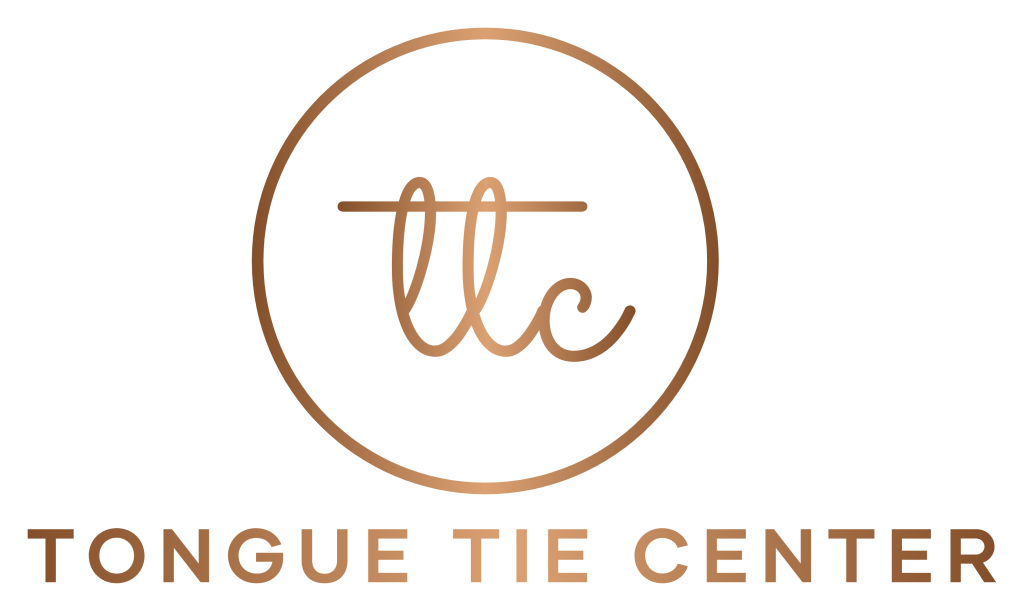The Future Has Arrived! Frequently Asked Questions About Laser Dentistry, PART 1
This article, part 1 of 2, answers some of the frequently asked questions about the application of laser technology in dentistry.
Laser technology, once an exciting prospect for the future, now represents a current field of scientific exploration. Although the idea of harnessing high energy beams of light was once restricted to science fiction movies, today, we are actually able to use them for a great number and variety of applications. And one of the most innovative fields in which lasers are being applied is in laser dentistry. After a solid diet of all the Star Wars movies, having lasers shot into your mouth may sound like a terrifying prospect, but in reality, laser dentistry is one of the most painless solutions to a great array of oral problems and ailments! In order to fully appreciate the capabilities of this fantastic technology, this skilled and experienced dentist has provided – in a two-part series – the answer to some of your frequently asked questions.
Question: What exactly is a laser?
Answer: The word LASER is an acronym for Light Amplification by Stimulated Emission of Radiation; a fact that few people (other than dedicated science fiction fans and physicists) actually know! Even fewer people understand what this term really means, so the dentist will keep it simple: a laser is an instrument that produces a very concentrated and high-energy beam of light.
Question: What applications do lasers have in dentistry?
Answer: The field devoted to the use of high-energy light beams is called laser dentistry in Ft. Lauderdale and has actually been around since the 1990s! While lasers may seem more at home in some highly technical military base or cutting-edge space center, the United States Food and Drug Administration has determined them to offer all sorts of sophisticated and painless solutions to a myriad of oral problems and ailments. Some of the procedures that laser dentistry is capable of include:
- The painless exposure of partially erupted wisdom teeth.
- The correction of problems related to speech, such as a tongue-tie, which impedes this muscle’s normal motility.
- Laser dentistry can be used to remove an accumulation of plaque, tartar, bacteria and decay from a cavity in order to prepare the tooth to receive a restoration (such as a crown or composite filling).
- The painless removal of soft tissue that has become damaged or swollen, which can be a result of certain medications.
- To perform procedures involving the removal of a tissue sample for testing (biopsy).
- In orthodontic patients, laser dentistry can be used to eliminate muscle pulls.
- To eliminate periodontal disease and other oral bacterial infections, says the dentist, through the removal of inflamed gum tissue and the bacteria and toxin that have accumulated in the gingival sulci surrounding the teeth (periodontal pockets).
- Laser dentistry is also used in certain cosmetic procedures: (1) in the reshaping or removal of excess gum and bone tissue in crown lengthening and (2) to activate the tooth whitening agents used to lighten the color of one’s teeth.
- Last, but not least, laser dentistry is used to reduce pain and discomfort associated with oral sores, such as cold sores and cankers. Lasers can also be used to treat root canal infections and abscesses in the soft tissues surrounding the teeth.
Laser Dentistry: Stay Tuned…
In the final article installment of this two-part series,Dr. Levine will answer a few more questions relating to the use of laser technology in modern dentistry.
The post The Future Has Arrived! Frequently Asked Questions About Laser Dentistry, PART 1 appeared first on Kenneth R. Levine, DDS.
The post The Future Has Arrived! Frequently Asked Questions About Laser Dentistry, PART 1 appeared first on Kenneth R. Levine, DDS.


